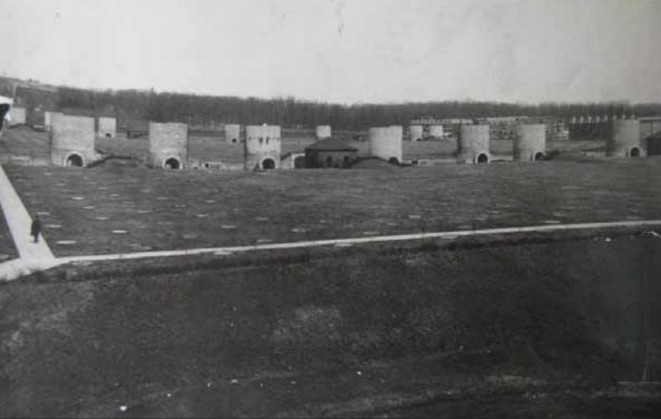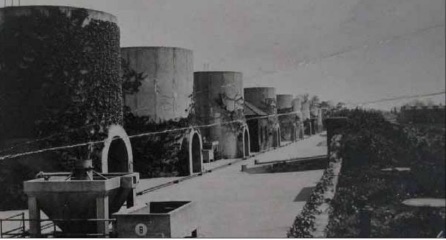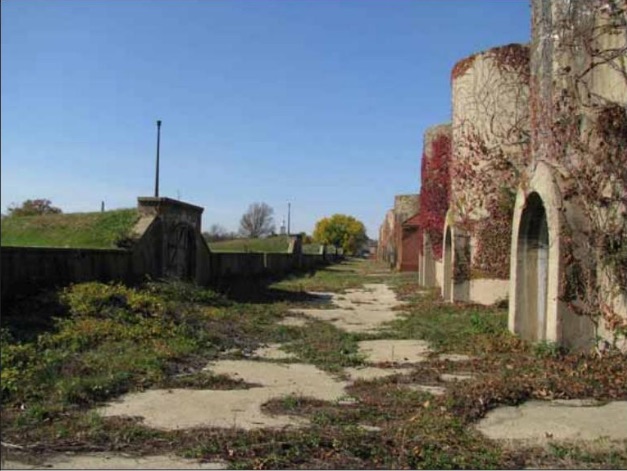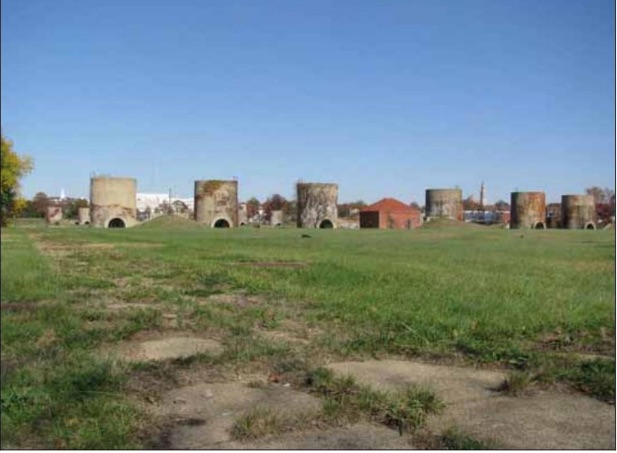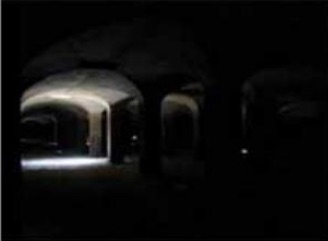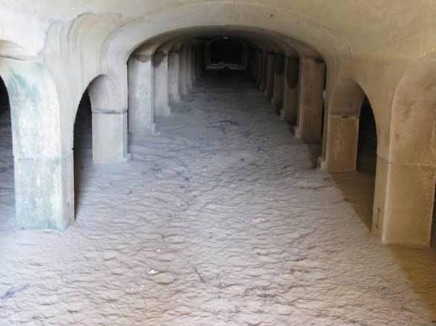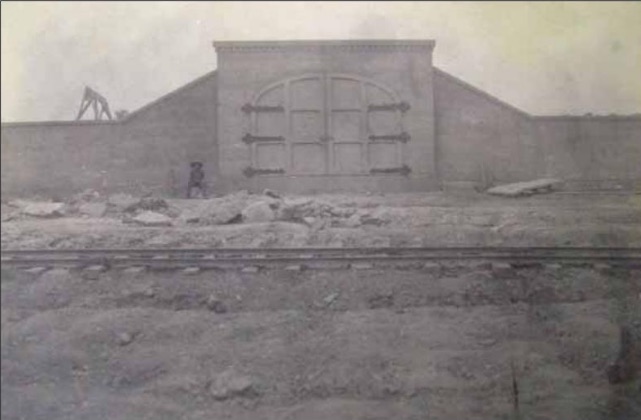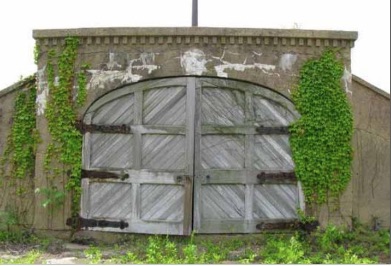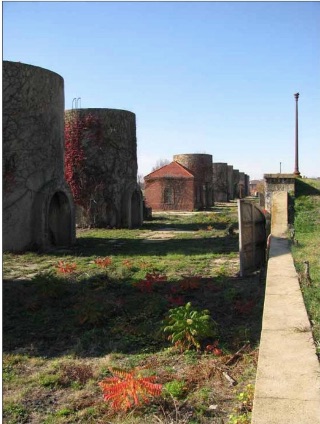So.. if you haven’t gotten to this scene of Never Saw Me Coming yet, you probably won’t understand why I am talking about a pre-World War II water treatment facility, but if you have finished the book, I think this will be pretty interesting to see what I was talking about. Once I learned what this thing was, I thought “oh this is the perfect place for something terrible to happen.”
I had lived in DC for years and driven past the McMillan many many times, often wondering what the hell it was. It was just this strange place overgrown with weeds with these bizarre round, mini-silo like buildings—I wondered if they were some form of urban apiary. I learned about it a few years ago, and when I started writing NSMC I knew it was the perfect place for a major “set piece.” The McMillan Sand Filtration Site used to be a place where water was purified before it could be used in households.
McMillan was featured on Atlas Obscura, if you’d like to see some amazing photos.
The place has remained a nonproductive construction site for years—plans were drawn up to change it into a combination park, historic site, and and housing complex. But then it got tied up in years of litigation. Some people—not clear on exactly who they are—are dead set against the construction plans going through. Pretty much standard NIMBY stuff. DC really needs housing and the site is has been doing nothing since World War II. Below is a video of what they want to build (I do hope they don’t clean the ivy off the storage bins though).



